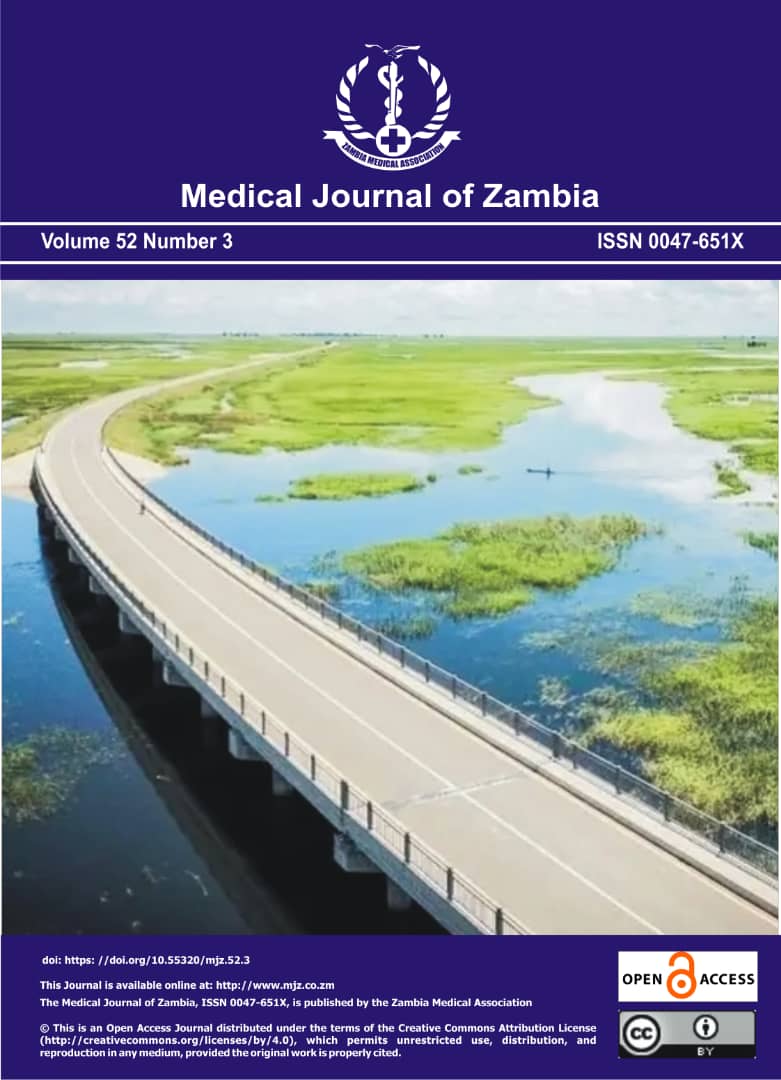Bilateral Post-Traumatic Hygromas Causing Worsening of Symptoms in a Known Alzheimer’s Patient with Frontotemporal Dementia: A Case Report
DOI:
https://doi.org/10.55320/mjz.52.3.731Keywords:
Frontotemporal dementia , alzheimer disease , subdural hygroma, brain atrophyAbstract
Background: Frontotemporal dementia (FTD) is a neurodegenerative disorder characterized by behavioural, speech, and movement disturbances, typically affecting individuals with a mean age of 58 years. We present a rare case of FTD in a patient with Alzheimer’s disease who experienced worsening symptoms due to bilateral subdural hygromas.
Case Description: A 50-year-old male with a history of head trauma six weeks prior presented with an inability to speak or walk. He had a five-year history of progressive frontal and temporal lobe syndromes and a convulsive disorder with generalized tonic-clonic seizures. Previously diagnosed with Alzheimer’s disease and managed at a psychiatric institution, he had been lost to follow-up for two years. Brain computed tomography (CT) revealed a "knife-blade" appearance of cortical atrophy, bilateral subdural hygromas with mass effect, ventricular enlargement without periventricular lucency, and preserved gyral-sulcal differentiation. The patient underwent bilateral burr hole drainage of the subdural collections. Due to resource limitations, controlled drainage was not feasible. However, seven days postoperatively, he showed significant improvement in Glasgow Coma Scale and motor function. Follow-up magnetic resonance imaging (MRI) one month later demonstrated complete brain expansion.
Conclusion: FTD is characterized by progressive cortical atrophy, leading to an increased subarachnoid space, making patients susceptible to subdural hygromas even after minor head trauma. In Alzheimer’s patients, structural causes of worsening dementia symptoms (e.g., subdural collections) should always be excluded through imaging.
Downloads
Downloads
Published
Issue
Section
License
Copyright (c) 2025 Medical Journal of Zambia

This work is licensed under a Creative Commons Attribution-NonCommercial 4.0 International License.









